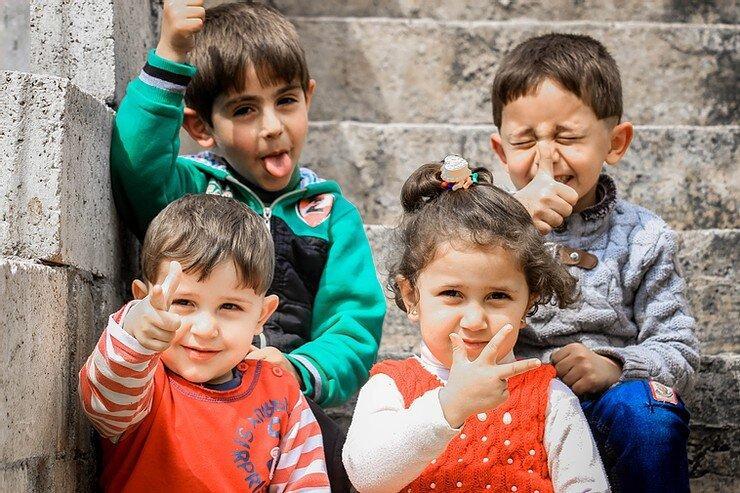I believe that agility can make businesses better, not just because the practices are helpful, but because the principles of agility actually work with our natural tendencies. One of the most powerful of these principles is the efficiency of small teams. More experienced and academic people than I can tell you why small teams are so effective but for some anecdotal evidence, let’s take another trip my nursery class.
There are many young and hip families that come to our church, and with young families come young kids. Sometimes, LOTS of young kids. At times we have 30 kids between 1.5 and 3 years old in our nursery class. Many years ago, we held class in the gym. What better space for 30 toddlers than a wide open gym full of toys, books and puzzles? The adults would pick a zone and play with whatever kids happened to show up. On good days, this setup was OK. If one child was upset, a leader could help console/distract them, and the rest of the chaos continued as scheduled. But during the full moon and several random Sundays in between, pandemonium would ensue. One child that didn’t sleep well last night was grumpy, he took a toy from a generally happy kid which made him generally unhappy. It was like dominoes, each bit of sadness was replicated to the next kid and then magnified! It was certainly time for a different approach: Divide and conquer! Two smaller classes of 15 had to be easier to manage. We would take 15 of the kids into a smaller room, and do focused activities like a small lesson and sing songs. The other 15 would stay in the large gym and play with toys and have a snack. This worked better, but it seemed that even with three adults in a room, there were not enough hands to help when the chain reaction of crying started. So we divided and conquered again. Three classes of no more than 10 kids. One class was lesson and snack, another was singing time, and then the large room full of toys. Magic happened! Grumpy kids could have one of the two adult friends at their side almost immediately. The domino effect occurred less. Kids that normally disrupted the class, would pay attention and participate. The rate of growth of gray hair on the adults was cut in half (ok…maybe I didn’t really measure this one)! But why? We didn’t change our activities. We didn’t change the number of adults (started with 6 and ended with 6). We didn’t implement a new corporate strategy or read a best-selling book or hire an efficiency consultant. We only changed the group size. In most Agile methodologies the suggested team size is 7 +/- 2, or “a two pizza team.” There are many reasons and examples provided such as Dunbar’s number (excellent description here) and illustrations like the communication paths created as teams grow in number (check out this blogpost). I love these concepts and use them often in my training and coaching. But in our nursery, we are not talking about a team that is trying to deliver a product to market. We are talking about small children who are more concerned with their fish on a stick than trying to work together. At the end of the day, it doesn’t take a professional sociologist to see that small teams are more productive, responsive, and less stressful in all kinds of settings. I see this hold true for groups and teams in my life, which is why I am so passionate about it. It’s not just a handy tool, but a real phenomena I’ve witnessed. When I’m part of a small team, I can change direction faster, communicate with my co-worker more quickly, and naturally align with the rest of my team. It doesn’t take a lot of adoption or change management because it just feels right. It feels natural.

